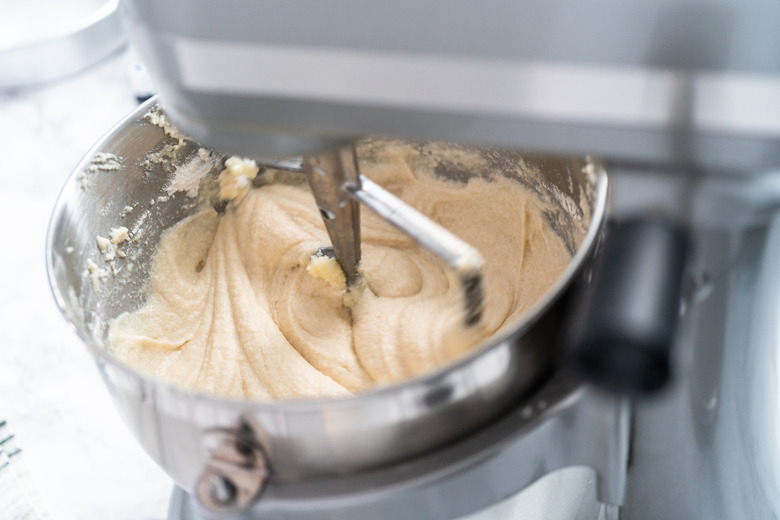How To Fix An Overheating KitchenAid Mixer
The KitchenAid Mixer is favored for its versatility and durability. It can sift and knead ingredients for tasty bread dough or cream butters and eggs for delectable cakes. However, the countertop freestanding mixer can only take so much before overheating. Troubleshooting a KitchenAid Mixer that is overheating can save it from needing professional, and possibly costly, repairs.
Standard Overheating Issues
Standard Overheating Issues
There are a few reasons that a KitchenAid Mixer becomes overheated. If a KitchenAid Mixer smells like it is burning and is overheating, then it will need to be shut down.
- When a seriously thick batter is banging around the bowl for
a lengthy stir, the motor casing can become warm to the touch. - Rising steam from the contents that are being whipped in the
mixer can create an issue with the circuit board. - Turning the machine on to the highest setting quickly and leaving it there can
cause friction to build and the motor to warm up. - A whisk, dough hook or other component attached to the mixer
incorrectly can cause the motor to work harder or cause the machine to mix off-kilter.
Solving Overheating Issues
Solving Overheating Issues
If you notice that the KitchenAid Mixer is overheating, stop the machine and remove batter or dough from the hook or whisk that is connected to the machine. This often happens with bread doughs that are too dense or double batches of thick batters for cakes or protein coatings.
Some KitchenAid models have a thermal overload protection switch that will turn the unit off when it overheats, according to KitchenAid. Allow the mixer to cool down for about 30 minutes before turning it back on and using the unit.
Rising steam from the contents in the mixer bowl can also cause the mixer to shut off as the moist air can condense on the circuit board. Allow the steam to dissipate before turning the unit on, about three minutes.
Correct Settings for KitchenAid Mixer
Correct Settings for KitchenAid Mixer
Most KitchenAid models come with 10 settings to choose from. Knowing the purpose of each setting can lower the risk of overheating the unit. According to The Kitchen, the settings work best under the following conditions:
- Speed 2 is best for heavy batters, whipping mashed root
vegetables and working with hot candy ingredients. - Speed 4 works for adding butter or egg whites to heavy batters.
- Speed 6 will beat and churn foods and works well with
attachments, such as the KitchenAid juicer. - Speed 8 quickly whips egg whites and heavy creams.
- Speed 10 can run into trouble and be inconsistent when used
on seriously thick batters or ingredients. This setting can quickly whip items
together, such as frosting, or with attachments, such as the pasta
maker.
KitchenAid Mixer Repair
KitchenAid Mixer Repair
If the KitchenAid Mixer is smoking even after it has been troubleshooted, then it may be time to contact a professional. It is more than likely a problem with the motor that is causing the KitchenAid Mixer to smoke, grind or sputter.
Repairing a mixer yourself can be difficult. A professional repair person can easily and safely find the issue that is causing the motor to overheat or emit fumes and smoke.
